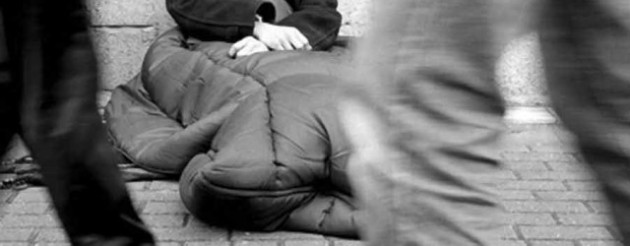It seems that everywhere I look these days, I see suburban, commercial and industrial development. Human progress, live and uncensored.
Overpasses looping around each other like the coils of so many slippery serpents; green trees disappearing, their timber used to build forests of scaffolding for houses; silver skyscrapers stabbing the sky with steel.
Now don’t get me wrong, progress itself isn’t a bad thing. Humans have been recreating their environments to suit their needs for hundreds of years now, and look how far we have come as a species. As our population continues to grow, more dwellings will spring up, along with arterial roads to service them, and cities for us to work, rest and play in. It is necessary and inevitable.
But when growth and development gets in the way of health and happiness, then I start to question it. When buildings and infrastructure overrun and damage parks and open spaces, then I find them hard to justify.
Melbourne’s East-West link is one such example. The path of this major construction project is set to plow straight through Melbourne parkland and real estate, potentially causing serious detriment to historic green swathes. It is even interfering with prime real estate; recently, investors in an apartment block overlooking Melbourne’s historic Royal Park discovered that they would be within grasping reach of a series of freeway overpasses, part of the Link. Whereas the apartment complex appears to have been designed to take advantage of and coexist with the nearby parkland, the East-West link has not.
The problem, as I see it, is that new developments like the Link project do not make room for greenery and open spaces. Locally, a famous example of this is Melbourne’s Docklands precinct. Adjectives commonly used by citizens to describe it include “soulless”, “grey”, “cold”, “lifeless” and “devoid of trees”. Though the precinct is situated on the water’s edge, there are precious few open spaces, and even fewer that contain growing, living, breathing plants. The local consensus is that it is a suburb of concrete, steel and glass, reflected again and again by the undulating tide, with few redeeming or attractive features.
And then of course, there is the development that had many Melbournians outraged – the plan to build a 108 storey tower that would overshadow the Shrine of Remembrance, our war memorial. Aside from the cultural value of the monument itself, this memorial is situated amidst a historic and well-used gardens precinct – once again, the planning powers-that-be have demonstrated a lack of regard for areas of significance such as these.
The outrage over this development clearly articulates the core of the problem: an apparent lack of regard, when planning colossal constructions and key growth, for the already-established areas of beauty and culture within the city. They also neglect, as in the case of the Docklands, to leave room for the development of such greenery, which would provide welcome relief from man-made materials and designs. The attraction of natural textures and smells is undeniable; spaces that neglect these are maddening, with a lifeless, claustrophobic feel.
As the population continues to grow and spread, carving out the landscape to make way for infrastructure, it is important that we stop to make room for patches of trees and open space. Whether previously established and loved by hundreds of children, or created for the enjoyment of new generations, these patches provide a space for playtime, for relaxation, for solitude or romance, study and exercise, by people of every age, race and gender. In the rush of modern life, we need simple, organic places like these to remind us of our basic humanity, and to keep us in touch with the natural world we come from. In these spaces, community members come together in mutual reverence of the great outdoors, and are reminded that life does exist beyond the constructed metropolis. Thus do these areas really capture the soul of a suburb, by breathing life into the steel skeletons and showcasing this to the community for their enjoyment.

